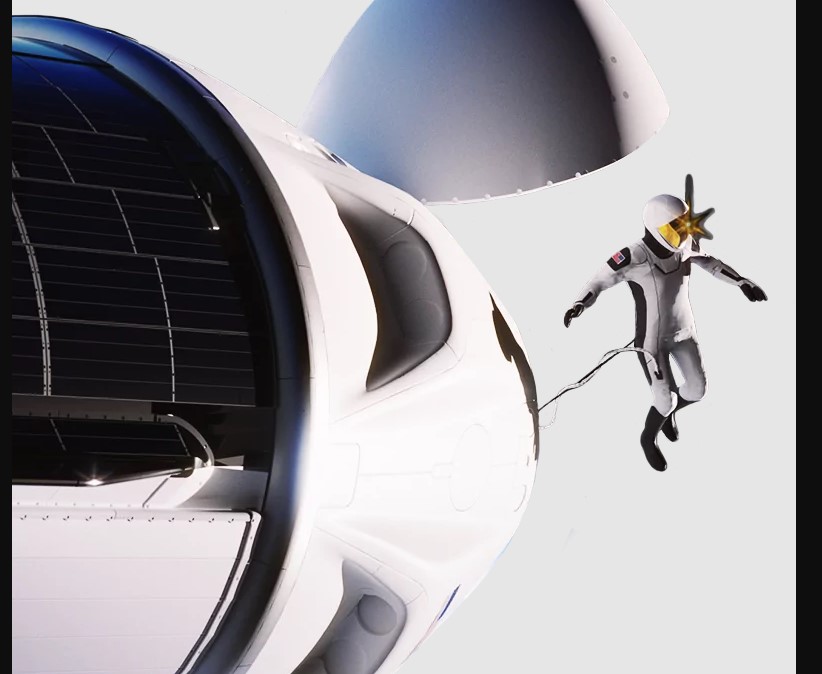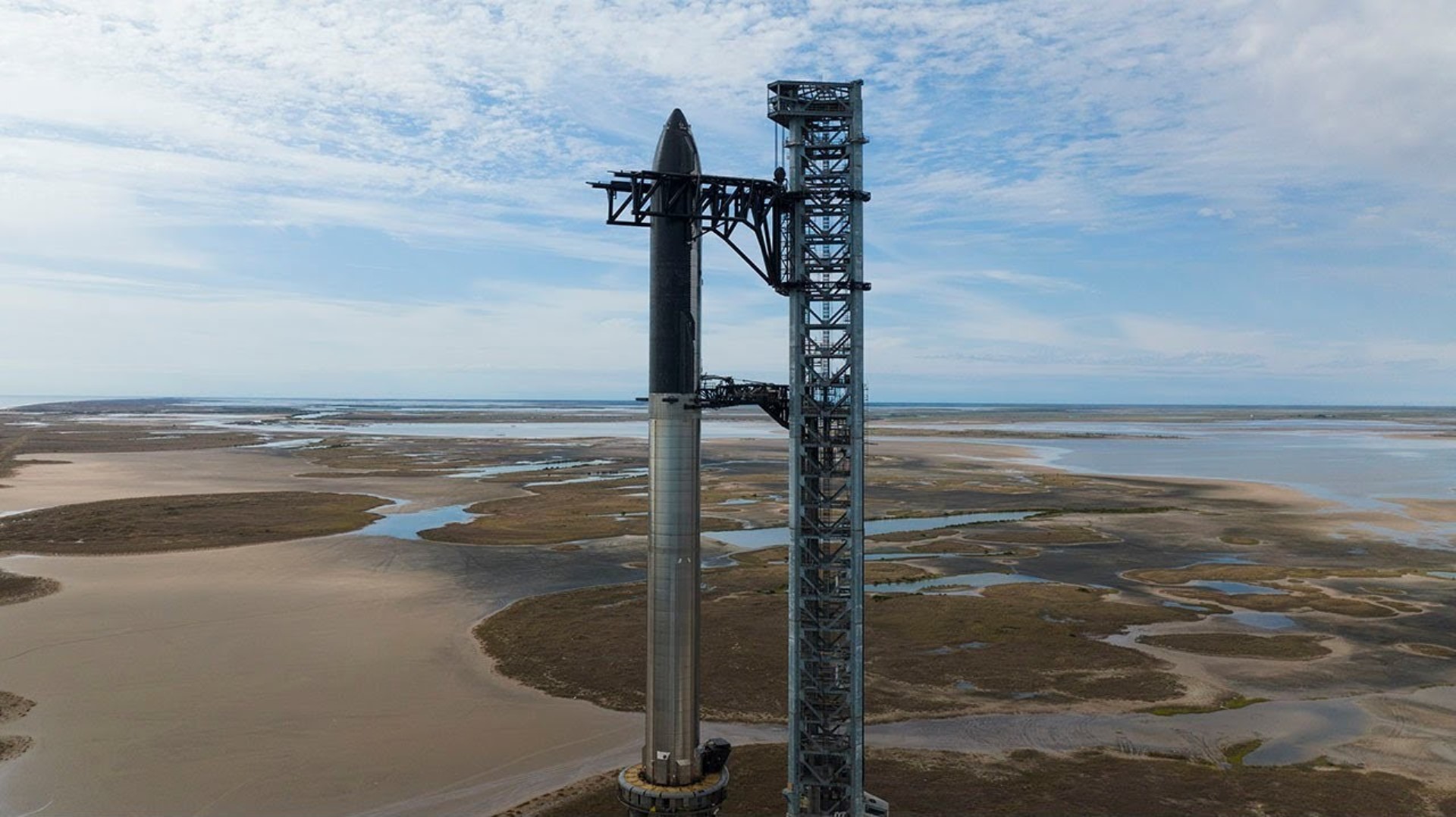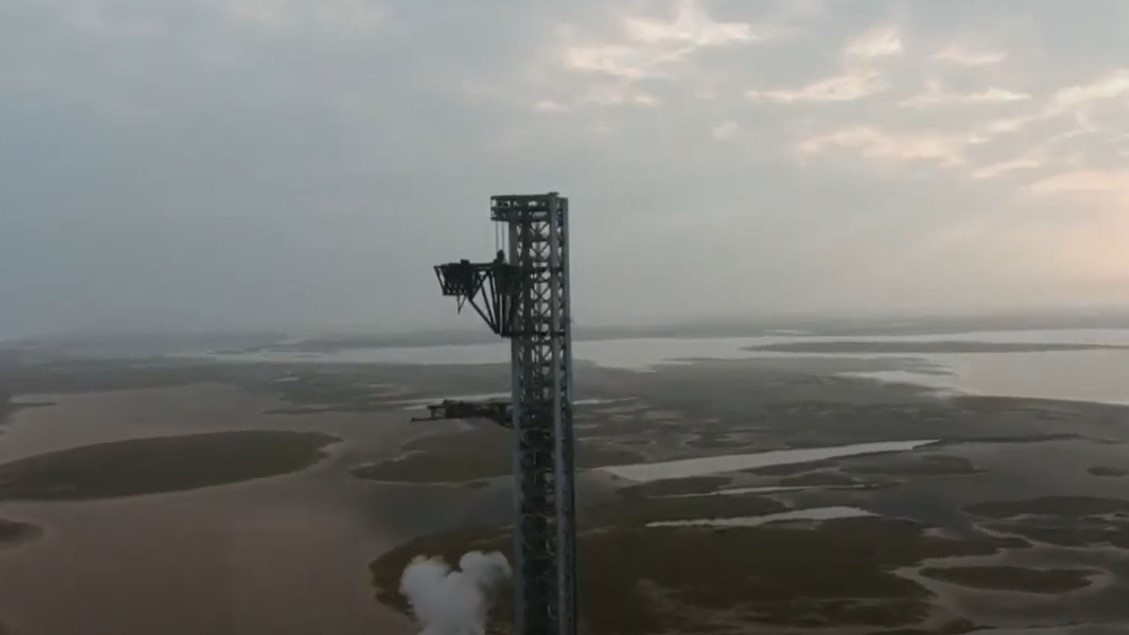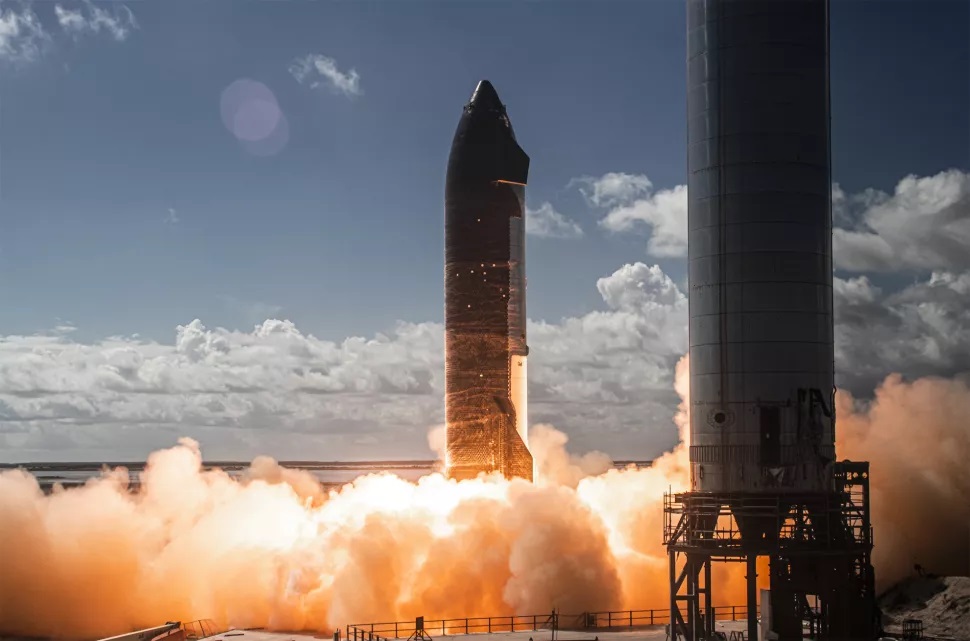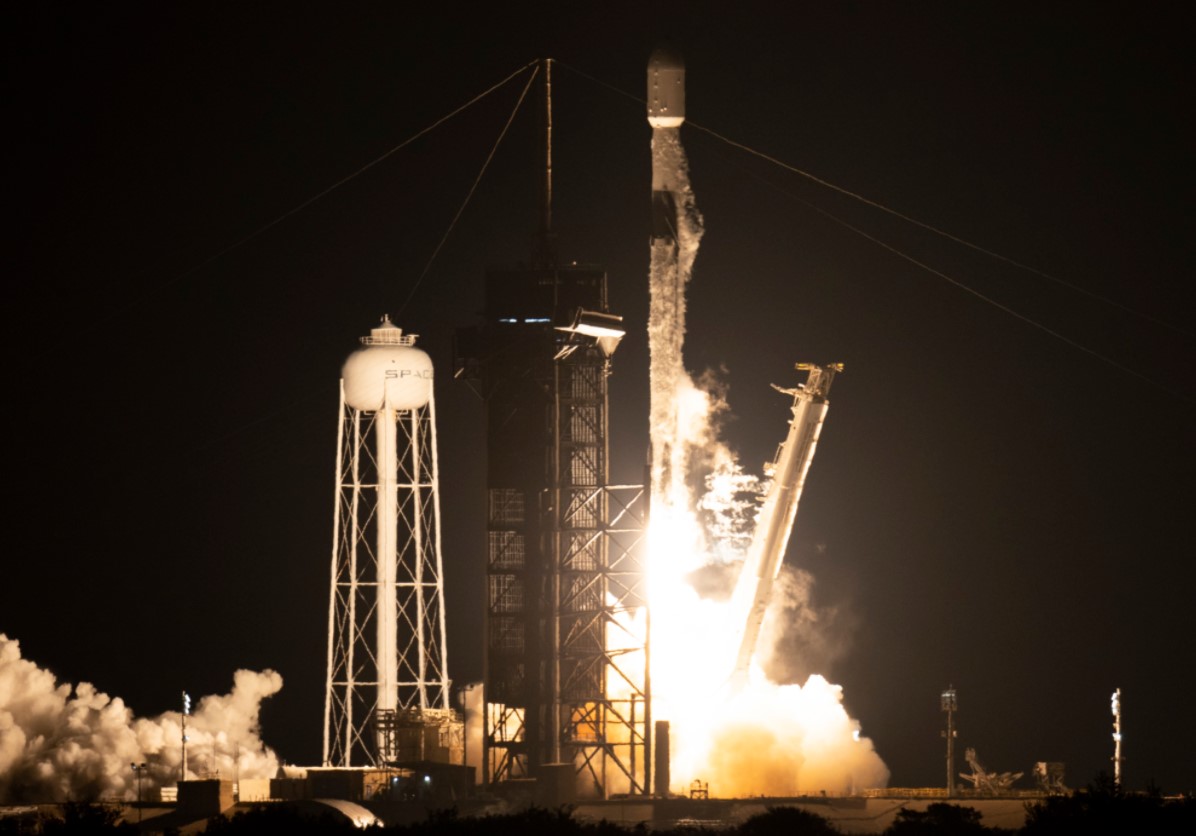Russia’s invasion of Ukraine has led to an outpouring of support and material aid from the international community. For his part, Elon Musk obliged Ukrainian Vice Prime Minister Mykhailo Fedorov‘s request for assistance by sending free Starlink terminals to Ukraine. For some besieged communities, like the city of Mariupol, this service constitutes the only means of getting up-to-date information, communicating with family members, or sharing their stories from the front lines of the war.
Mykhailo Fedorov, Ukraine’s Vice Prime Minister and its Minister of Digital Transformation, thanked Musk on Twitter for the devices. However, there is also the possibility that as the fighting continues, Starlink transmissions could become beacons for Russian airstrikes. John Scott-Railton, a senior researcher with The Citizen Lab (University of Toronto), pointed out this potential danger via Twitter and even recommended strategies for how this can be avoided.
Continue reading “Starlink is the Only Communications Link for Some Ukrainian Towns, but the Terminals Could Also be a Target”

